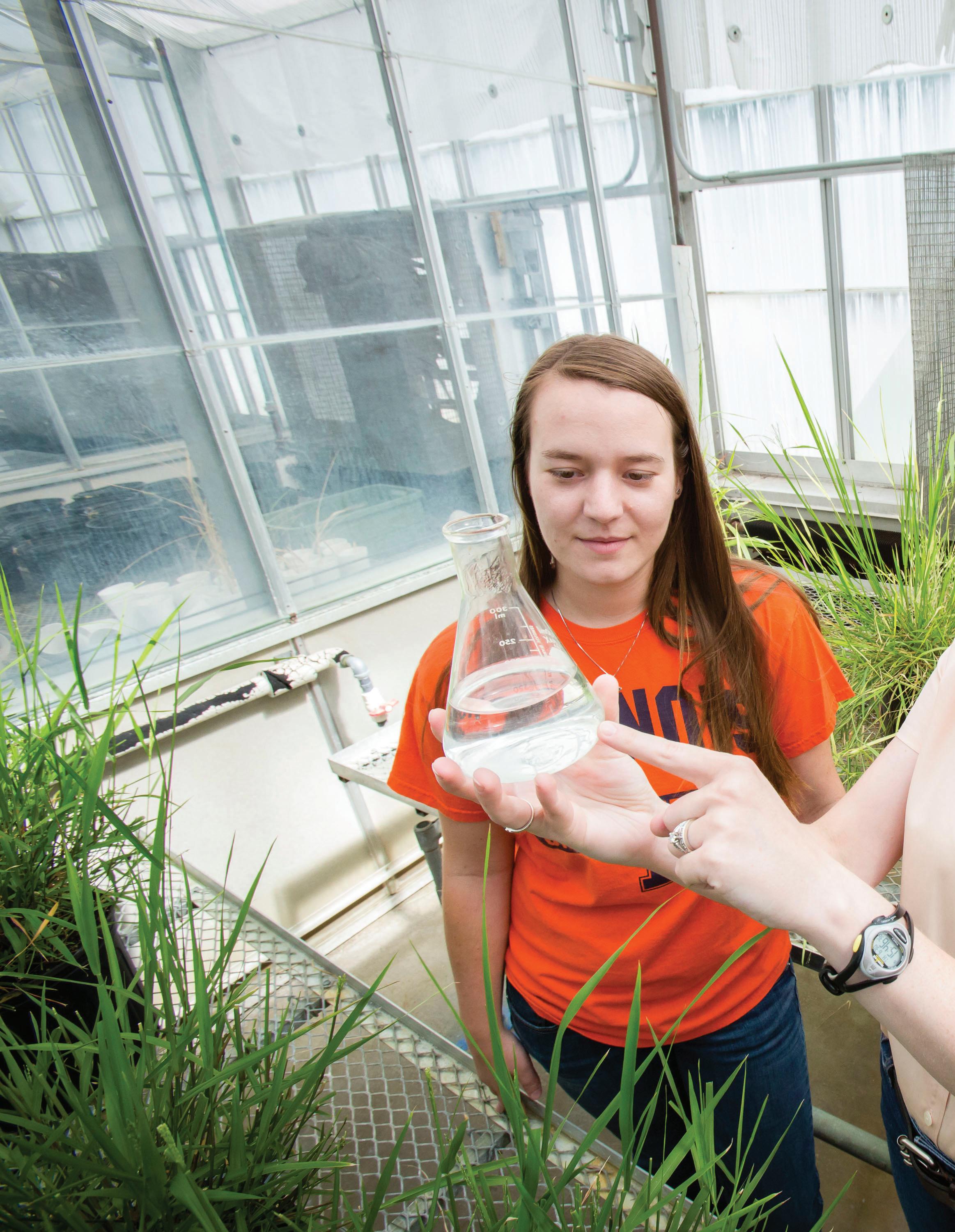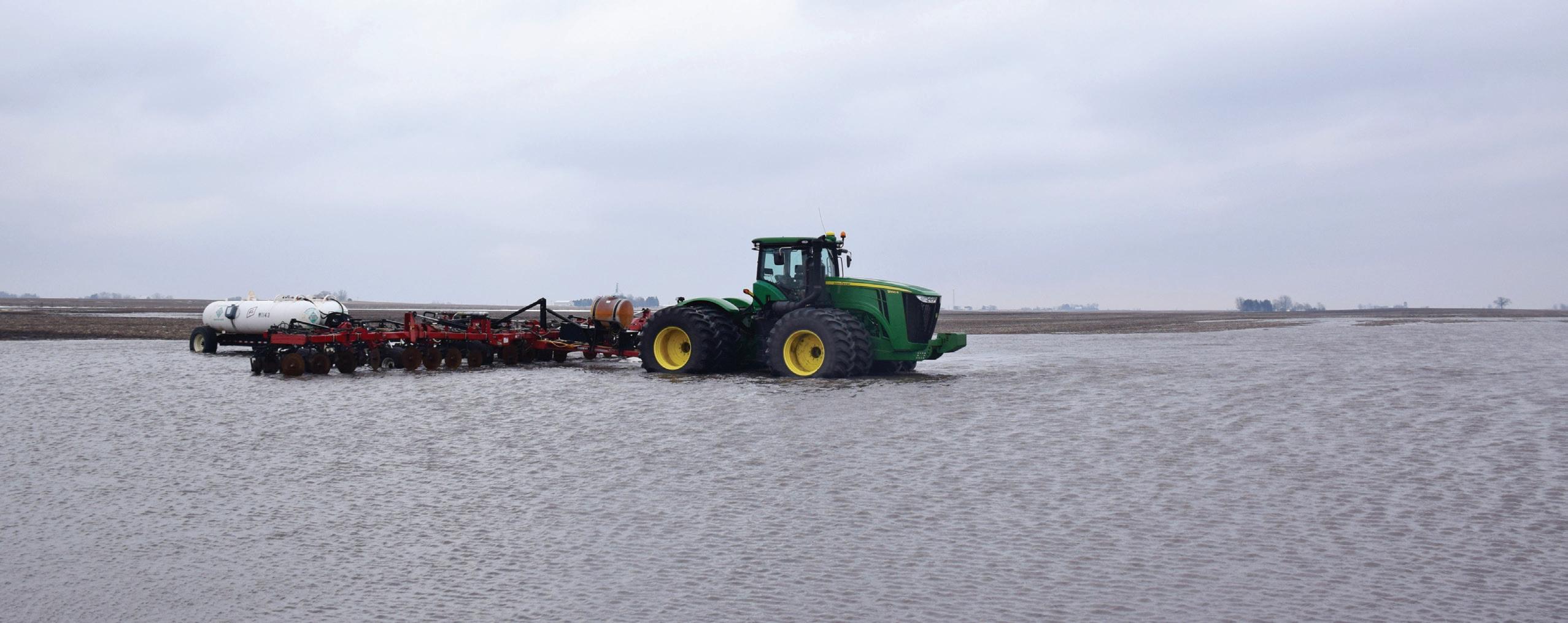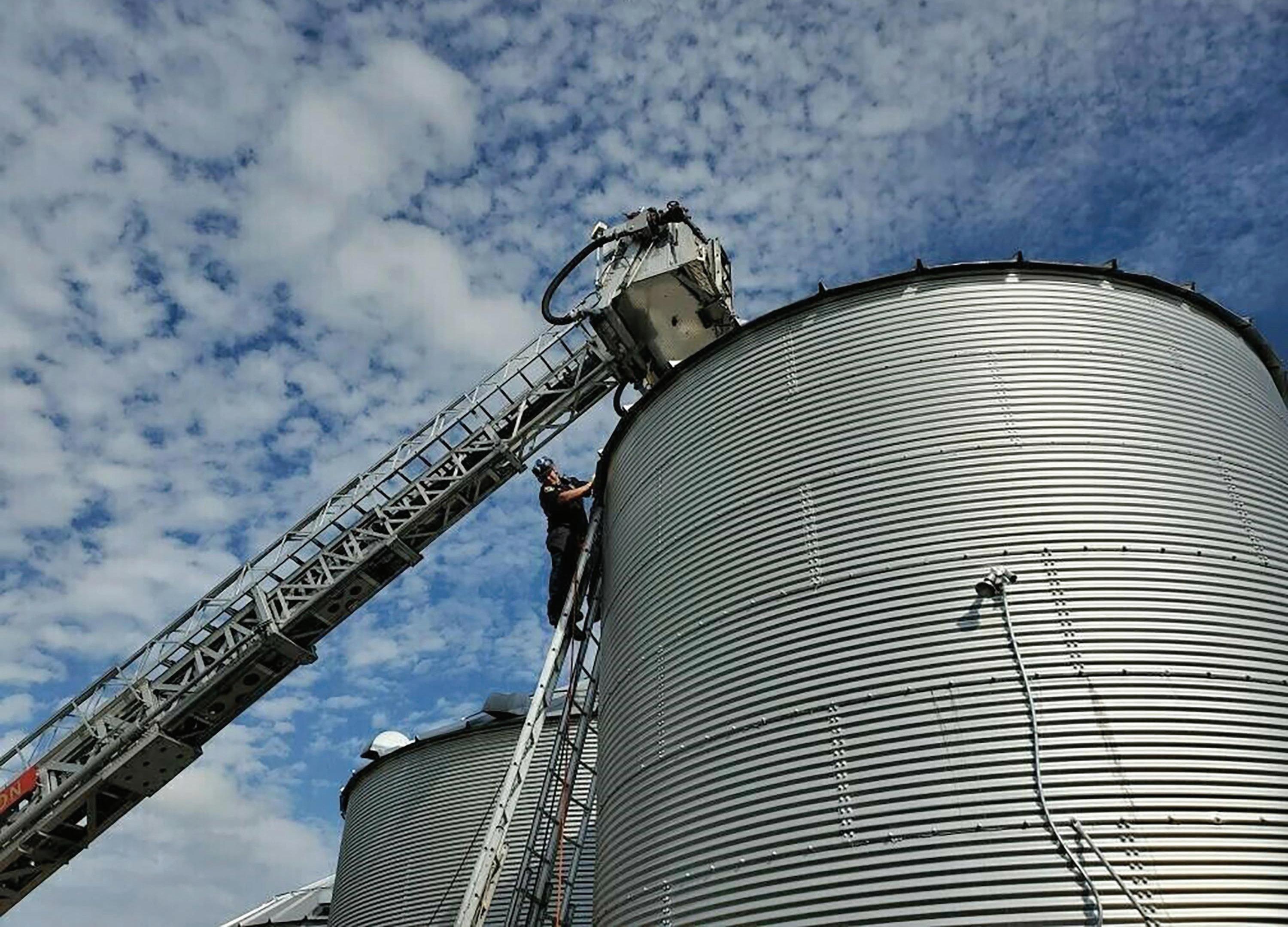312 BUSHELS
PER ACRE BY 2075 PREDICTING 21ST CENTURY ILLINOIS CORN YIELDS By TOM C. DORAN – AgriNews Publications CHAMPAIGN — Illinois corn and soybean yields have trended steadily upward for more than 60 years. The question is, will that trend continue as carbon dioxide levels in the atmosphere continue to rise along with global temperatures and changing rainfall patterns? Emerson Nafziger, University of Illinois crop sciences professor emeritus, looked at climate change and its impact on Illinois crop yields at U of I Extension’s Crop Management Conference. “We’ve been hearing about climate change for quite while. Some people have been very skeptical about it. Some people still are very skeptical about it, and we’re not going to spend a lot of time trying to convince people that the climate is changing. But the evidence is pretty clear that it is,” Nafziger said. “As we look forward, I see read tales about how our crop yields are going to take a nosedive. And basically if you believe some people, there’s a pretty good chance we’d be out of business producing the crops in Illinois that we produce if the climate changes as expected over the next 50 to 75 years. We’re not going to come to that conclusion.”
LOOKING BACK
Over the last 40 years, Illinois corn yields have increased overall by 2.2 bushels per acre per year. Northern Illinois
yields have increased 2.35 bushels per acre per year on average in 40 years, the central region has seen a 2.36 bushel per acre increase per year and the southern region increase has been 1.96 bushels per acre per year. Soybean yields in Illinois overall have increased 0.58 bushels per acre per year. Northern Illinois increased by 0.54 bushels per acre per year, central Illinois was up per year by 0.61 bushels per acre and southern Illinois increased by 0.58 bushels per acre per year over 40 years. “There’s a little bit less variability around the soybean trends lines compared to what we saw with corn — on a percentage basis, not too much different,” Nafziger noted. As yields increased from 1980 to 2019, June through August rainfall in the Prairie State has increased about 2 inches in all regions. Temperature trends in Illinois over the last 40 years were consistent among regions, but at different levels. The maximum daily summer temperature — June through August — from 1980 to 2019 has decreased about 0.27 degrees per decade on average across Illinois and in southern Illinois, decreased less than that in central Illinois and there was no decrease in northern Illinois. “There’s not a very strong trend because there’s so much variability. The earth
has certainly warmed some of the last 40 years, but here in Illinois it would show that at least the maximum daily temperature had not risen over that period of time,” Nafziger said. The minimum daily growing season temperature has increased by about 0.25 degrees per decade from 1980 to 2019 in all Illinois regions. “That’s actually not too far from the increase in the earth’s temperature over at least part of that period. It’s also highly variable, but that does show a different trend than maximum temperature,” Nafziger added.
CARBON DIOXIDE EMISSIONS
“When I first learned about carbon dioxide and crops, which was about 1970, we were talking about 325 or so parts per million, and today it’s 415 parts per million. Just in the last 50 years, it’s gone up by that amount,” Nafziger said. “This is one that there isn’t any debate about. We can argue about what affect that has on weather, but we certainly can’t argue that carbon dioxide has not increased — and some people are even willing to argue that now.” Carbon dioxide and other gases in the air act as a “greenhouse” to trap heat from the sun in the earth’s atmosphere. The earth’s air temperature has been rising since about 1970 and is now about
8 | DeKalb County AG MAG | Spring 2021
DDC_AgMag_032621.indd 8
2/25/21 4:06 PM




